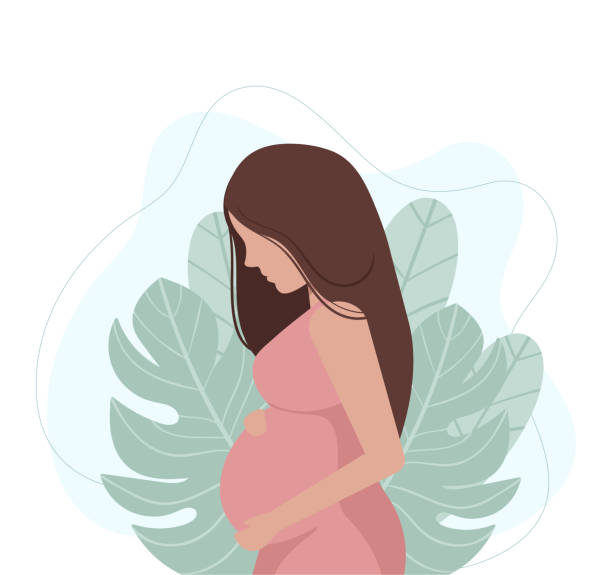
Hysterectomy is one of the most common gynaecological procedures conducted to remove the uterus (womb) surgically. At times, the complications in the reproductive system compel women to opt for this surgical procedure.
Gynaecologists may surgically remove only the uterus or other parts such as the cervix, fallopian tubes, or ovaries. Once a woman undergoes a hysterectomy, she cannot menstruate or conceive a child. If the ovaries are still present, they will continue producing reproductive hormones that may cause the onset of Premenstrual Symptoms (PMS), such as sensitive breasts, bloating, mood swings, and fatigue.
A hysterectomy is recommended for women with the following health conditions:
Hysterectomy involves different operative procedures based on the type of organ removal of the reproductive system. These include:
The procedure involves the removal of both the cervix and uterus.
The procedure involves the removal of the uterus without the cervix.
If a woman shows any signs of cancer in the reproductive organs – the cervix, the uterus, fallopian tubes, or ovaries – doctors suggest the surgical removal of the affected parts.
The procedure involves removing ovaries, along with the uterus and fallopian tubes, if ovarian cancer has vastly spread within.
Salpingectomy involves surgical removal of fallopian tubes to avoid the spreading of ovarian cancer.
Hysterectomy procedures are done distinctly depending upon the severity of the complications in women. The abdominal or the vaginal regions are the primary routes for surgical procedures.
This refers to the conventional and invasive procedure that involves a horizontal cut in the lower abdominal region that surgically removes the uterus or other cancerous and fibroid tissues.
A less invasive and feasible traditional surgery involves a cut in the upper part of the vagina ensures womb separation from other parts of the body, followed by its removal.
This is a surgical procedure that involves the insertion of a laparoscope with a tiny camera into the navel region or other parts of the abdomen. The surgery monitored via the camera on the display screen assists in removing the uterus or other reproductive organs through real-time videography and imaging.
LAVH combines the operative procedure of vaginal and laparoscopic hysterectomy. The laparoscope insertion takes place via the vagina.
The Laparoscopic, Vaginal, and Laparoscopic-Assisted Vaginal Hysterectomy are Minimal Invasive Procedures (MIP). These require smaller body incisions and assure faster recovery with minimal pain. The preferred alternative in recent years is the LAVH procedure as it results in less blood loss and risks of infection compared to the invasive open-abdominal hysterectomy. However, each doctor recommends a specific type of surgery based on the health history and the severity of the complications depending upon each individual.
The profound question related to hysterectomy is, “Are there major risks involved?” Though Modern Science and Technology has made it possible to explore various surgical procedures, even the MIPs – include LAVH – involve certain risks and complications such as:
The duration of a hysterectomy depends on the type of operative procedure. MIPS such as LAVH takes 1-2 hours, approximately, if there aren’t any complications during the surgery.
Here is a look at the process:
Cancerous tissues/organs may require a different operative procedure than LAVH, based on the severity.
Since LAVH is an MIP, a patient is permitted to go home on the same day after a few hours of strict observation. Some patients may stay at the hospital for a day or two.
The timely diagnosis and treatment can help figure the specific surgical procedure for a patient depending on their body and general health status. Thorough scrutinisation of the complications involved in LAVH and other operative procedures minimises the risk factors using futuristic medical technologies that will render the complex operative procedure more achievable.
Komala’s Women Clinic is a multidisciplinary organization dedicated to the advancement of the art, science and practice of reproductive medicine.
Doctor Komala’s Women Clinic Newtown Medical Centre First Floor, Major Sandeep Unnikrishnan Rd, Yelahanka New Town, Bengaluru, Karnataka 560064
©Copyright 2023 Komala’s Women Clinic. All rights reserved.